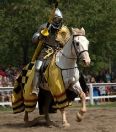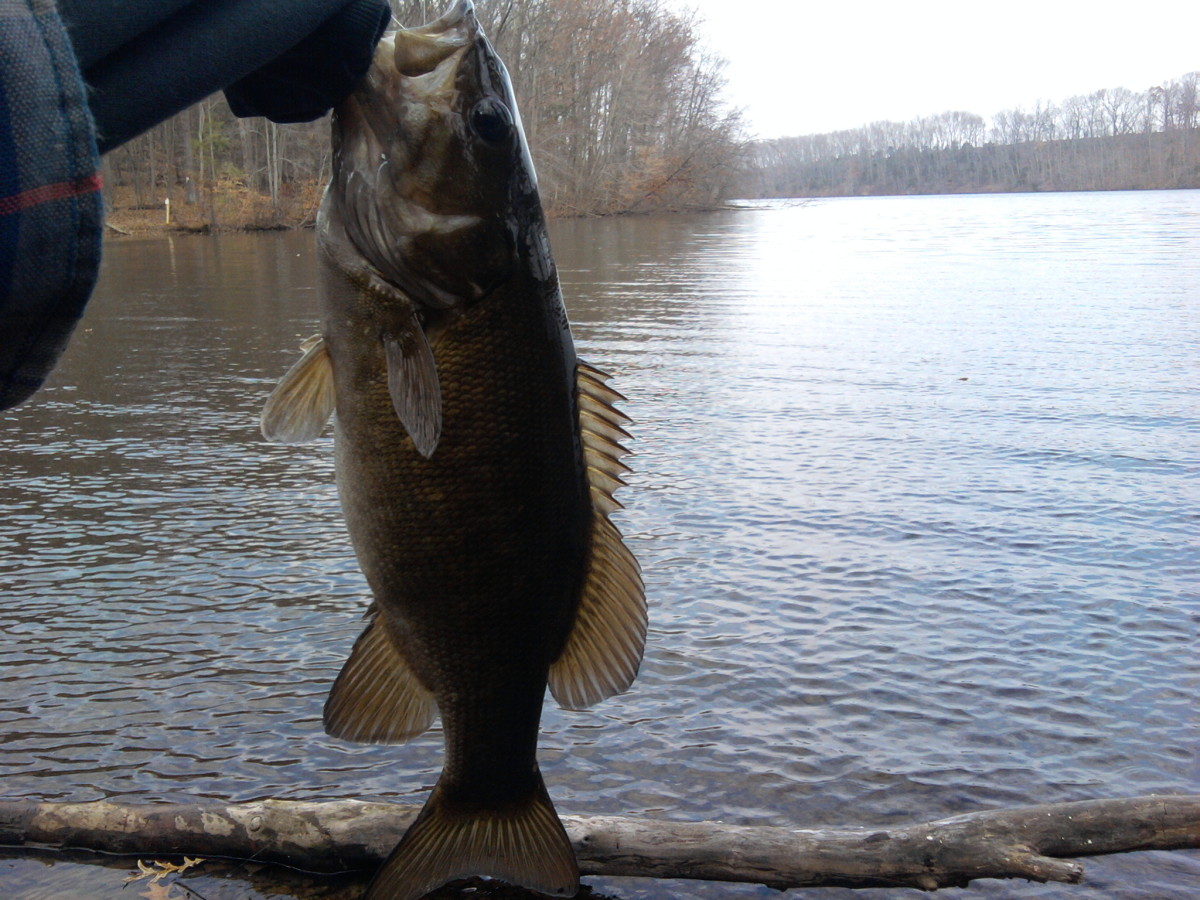The Historical Sport of Jousting

Jousting "The Sport of Kings."
When you think of jousting, do you think of medieval knights charging against one another for a fair maiden's hand?
What the King figured out early, was that he lost a lot of good knights to injury that way!
Tournament jousting (just called "tournament" in the early days) was the result.
Tournament was a way for knights to prove their combat skill and horsemanship, yet avoid unnecessary risk of injury.
Complete Listing Of My Sports and Recreation Lenses
The HISTORY OF JOUSTING
Jousting in its original form has generally been credited to a French man named Geoffori de Pruelli. The "sport" -- actually more of an occupation at the time, spread from France to Germany, to England, and into southern Europe during the tenth to twelfth centuries.
Jousting tournaments were held as military exercises between the various nobles. Such tournaments, starting peacefully often turned into bloody battles between jealous champions.
Winning such tournaments was one way for a lowborn knight to make a quick name himself and win riches beyond ordinary dreams.
Gradually these petty local wars became more sport oriented and sophisticated and less a matter of life or death.
Knights were considered gentlemen and were required to abide by the ideas of chivalry and fair play, then in vogue.
Much of the credit for this fair-play code has always gone to King Arthur and the tales of the Round Table, a thirteenth century tale.
The Medieval Tourney
The words "tournament" and "joust" are often used interchangeably. Strictly speaking "joust" describes single combat between two horsemen. "Tournament" refers to mounted combat between parties of knights, but also is used to refer to the whole proceeding. The first written tournament guidelines are usually credited to a Frenchman named Geoffroi de Purelli in 1066. Unfortunately, he was killed at the very tournament for which he made the rules.
War, as a regular occupation for a gentleman, had many disadvantages. Although it was necessary, from time to time, to go to war in the service of one's liege lord, this included the disagreeable prospect of death or dysentery, sleeping on the cold, stony ground or baking in one's chain mail under a blazing sun. There was excitement and renown to be won in war, but just as much renown could be won, at far less inconvenience, in the tournament of peace.
The Statute of Arms for Tournaments, established in 1292, helped curtail the bloodshed at tournaments. Under this edict all Knights were automatically considered gentlemen, rather like the Congressional edict in the United States that makes all armed forces commissioned personnel "officers and gentlemen". They were required to abide by the ideas of chivalry and fair play, thus reducing the abhorrence of the church considerably.
Three kinds of tournaments
TOURNEY PROPER - popular in the twelfth and thirteenth century. This form was the most brutal and costly in lives. All participants, upon hearing the charge, promptly melee' crashed onto the tournament field and proceeded to unhorse all others by any method at hand until a winner was determined.
INDIVIDUAL JOUST - an encounter with lances between two knights. The rules were simple. If a combatant struck either rider or horse he was disqualified. A clean hit to the center or "boss" of the shield shattering the lance, or unseating the opponent scored points. A low partition wall separating contestants was introduced in about 1420 strictly as a measure to reduce injury to horses.
PRACTICE TOURNAMENT - Involved very little ceremony and few rules. Practice targets were provided by either a quintain or rings. The quintain Tourney was a wooden target mounted on a horizontal pole at which the knight aimed his lance. If the target was struck accurately, it would swing harmlessly aside; if struck off center, the weighted arm swung around with enough velocity to unseat the knight. The other form of jousting in the practice tournament was "riding at the rings", the surviving form of jousting with which we are most concerned. A ring was suspended on a cord, which was to be carried off on the tip of the knight's lance. Both the quintain and the ring joust were exercises that developed accuracy skills. These skills became increasingly important as individual jousts gained popularity.
During the Colonial Times
As the seventeenth century approached, an alternative needed to be found to replace the medieval tournaments which were rapidly being outlawed due to excessive injuries. The nobles would not be deprived of a game that displayed one of their best qualities, their skill at equestrian sports. The substitute they found was the origin of the "carousel". The name comes from the Italian word "garosello" and the Spanish word "carossela," meaning little war.
One of the equestrian games played at the carousel was inspired by a training exercise for tournaments: the game of "catching the ring." Elaborately costumed noble participantsCarousel instructed by their coaches, the great horsemasters of Europe, introduced a whole new era of the sport of catching rings. Louis XIV at the court of France, was reputed to be one of the best at this new, considerably less dangerous sport. Antoine Pluvenil and Grisonne, two men often credited as the front-runners of classical riding and dressage, both instructed Kings and noblemen in the finer points of riding and "riding at rings". Pluvinel in his 1623 book Maneige Royal, devoted 1/3 of the manual to instructing King Charles on his ring riding skills.
The Romantic Revival
If one were required to specify a date when
tournaments really blossomed in America, the Gilmor estate on York road, just outside of Baltimore in 1840, provides part of the answer. Regarded as the "godfather of the Maryland, indeed Southern tourney" William Gilmor, while abroad, witnessed the famed Eglinton Tournament in Scotland on August 29, 1839. The following year Gilmor, a superb rider - handsome, rich, well-bred and well-read, hosted the most elaborate quintain tournament ever held on American soil.
"A course was laid out, sweeping around the foot of the lawn.....every great family in Maryland and Virginia was represented, and the wealth and fashion present was a matter of comment for many years afterwards......the father of a well-known New York clubman, rode a great black charger, and, at the end of an unsuccessful day, rode the animal into Jones' Falls -- Baltimore's Niagara -- and declared he would never again get on a horse."
Hanson Hiss, on the Gilmor Tournament of 1840
from "Knights of the Lance in the South"
Jousting Tournaments in the 20th Century
Although the origins of the sport are European, the evolution and refinement of most of the customs of the ring tournament are decidedly all-American. Nowhere is there another sport that encourages more pageantry, competition and participation in the traditions of a colorful past. As you read these
practiced customs and traditions remember they are neither required nor enforced. They are, however, part of the elegance that makes a jousting tournament one of the most unusual equestrian sporting events ever witnessed.
The term "tournament" originally referred only to this sport. In the early twentieth century this terminology was adopted by other sporting events such as golf, tennis and other games that were grouped into series of contests. Therefore, for ease of recognition, and because of its history this sport is now commonly referred to as "jousting."








